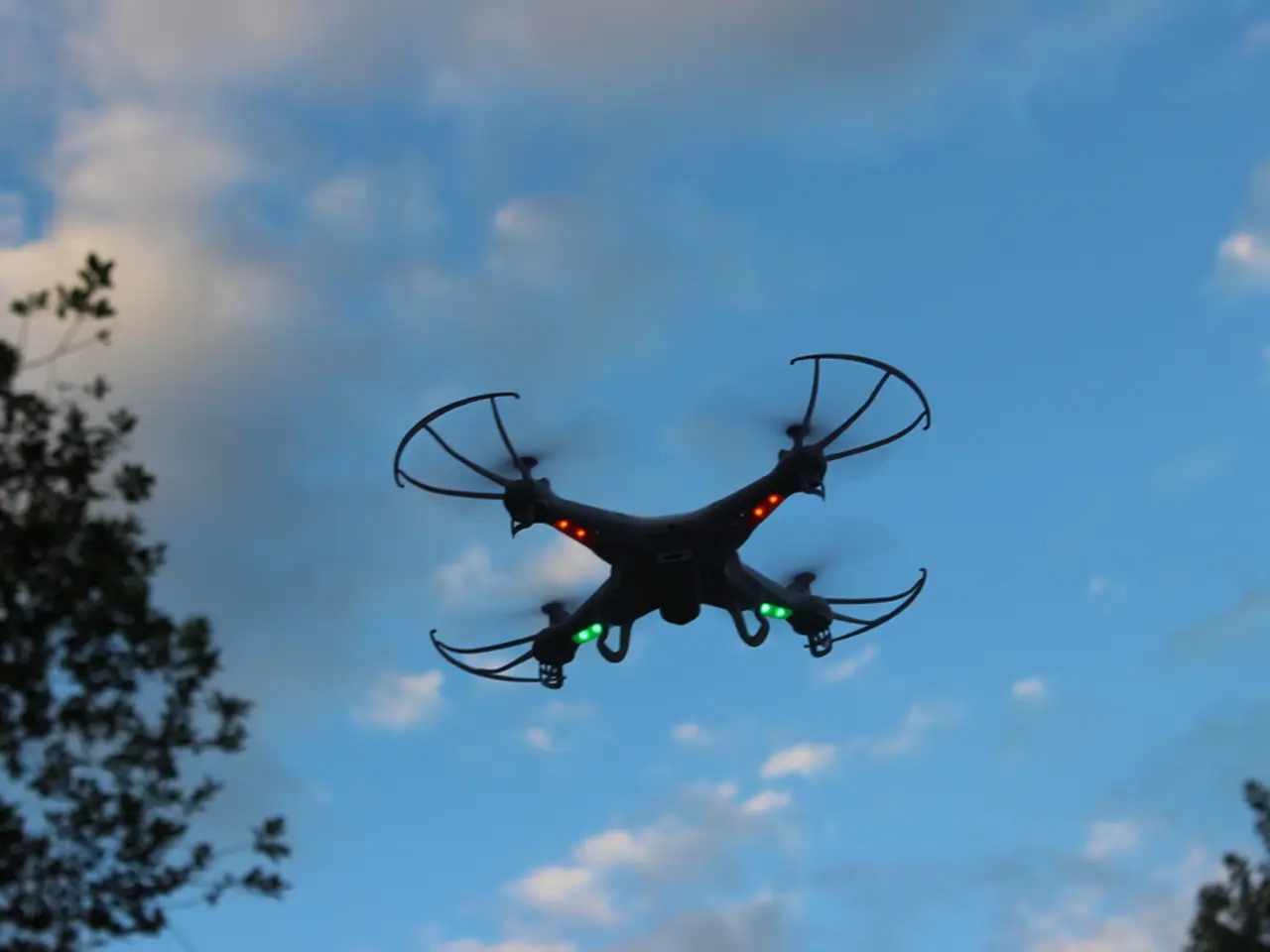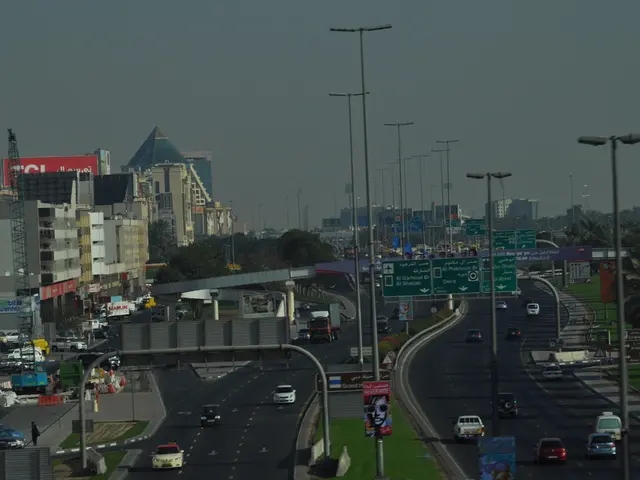US Drone Operation Education and Credentialing Programs for Aspirant Drone Operators
In the rapidly evolving world of drone technology, safety and compliance are paramount. For those looking to operate commercial drones in the United States, obtaining a Remote Pilot Certificate under Part 107 is essential. Here's a step-by-step guide on how to achieve this.
1. Eligibility
To be eligible, candidates must be at least 16 years old, able to read, speak, write, and understand English, and be in a physical and mental condition to safely operate a drone.
2. Study and Preparation
The FAA Knowledge Test, also known as the Part 107 exam, is a required step. Study materials and resources are available from the FAA and various training providers. Preparation resources include the FAA's study guide and sample questions, online courses and tutorials offered by providers such as Drone Pilot Ground School and UAV Coach, and in-person training offered by local flight schools and community colleges.
3. The Part 107 Exam
The exam consists of 60 multiple-choice questions with a passing score of 70%. It covers a range of topics including airspace classification and operating requirements, aviation weather sources and effects of weather on UAS performance, UAS loading and performance, emergency procedures, crew resource management, radio communication procedures, aeronautical decision-making and judgment, airport operations, and more.
4. Application and Vetting Process
Upon passing the Part 107 exam, candidates must complete FAA Form 8710-13 through the Integrated Airman Certification and Rating Application (IACRA) website. This is followed by a TSA security background check. Upon successful completion, a temporary certificate is issued, followed by a permanent certificate.
5. Ongoing Training and Compliance
Remote Pilot Certificates are valid for 24 months, and operators must complete recurrent training or pass a recurrent knowledge test every two years to maintain certification. staying current with industry trends and technological advancements is important for all drone operators to ensure ongoing compliance and safe operations.
6. Specialized Training
Certain industries may require specific training programs tailored to their needs. For example, agricultural drone operators may benefit from courses on precision agriculture and crop management, while construction drone pilots might focus on site mapping and 3D modeling.
7. Professional Development
Joining professional associations and local drone clubs can provide access to a community of experienced operators, industry experts, and regulatory updates. Collaboration and knowledge sharing are key to staying informed and compliant.
8. Emergency Services and Public Safety
Emergency services and public safety agencies often have dedicated training programs for drone operators, covering topics such as search and rescue operations, disaster response, and law enforcement applications.
9. Beyond Visual Line of Sight (BVLOS) and Night Flying
For operators engaging in more complex operations, such as BVLOS or night flying, additional training and certifications may be required.
10. Resources
The FAA website offers free resources for obtaining and maintaining certification, including the Part 107 Small UAS Rule, sample test questions, and study guides. Additionally, resources like the Federal Emergency Management Agency (FEMA), the Department of Homeland Security (DHS), the Unmanned Safety Institute, and the Public Safety Drone Academy provide specialized training programs for first responder drone operators.
The FAA's B4UFLY app helps operators stay informed about airspace restrictions and safe operating practices, making it easier to navigate the complexities of drone operations in the U.S. Regular flight practice, both through simulated exercises and real-world missions, is essential for maintaining proficiency and safety.
In conclusion, obtaining a Remote Pilot Certificate under Part 107 and maintaining compliance is a crucial step for any commercial drone operator in the U.S. By following the steps outlined above and staying updated on new regulations and technological advancements, operators can ensure safe and effective drone operations.
Read also:
- A continuous command instructing an entity to halts all actions, repeated numerous times.
- Oxidative Stress in Sperm Abnormalities: Impact of Reactive Oxygen Species (ROS) on Sperm Harm
- Is it possible to receive the hepatitis B vaccine more than once?
- Transgender Individuals and Menopause: A Question of Occurrence?








